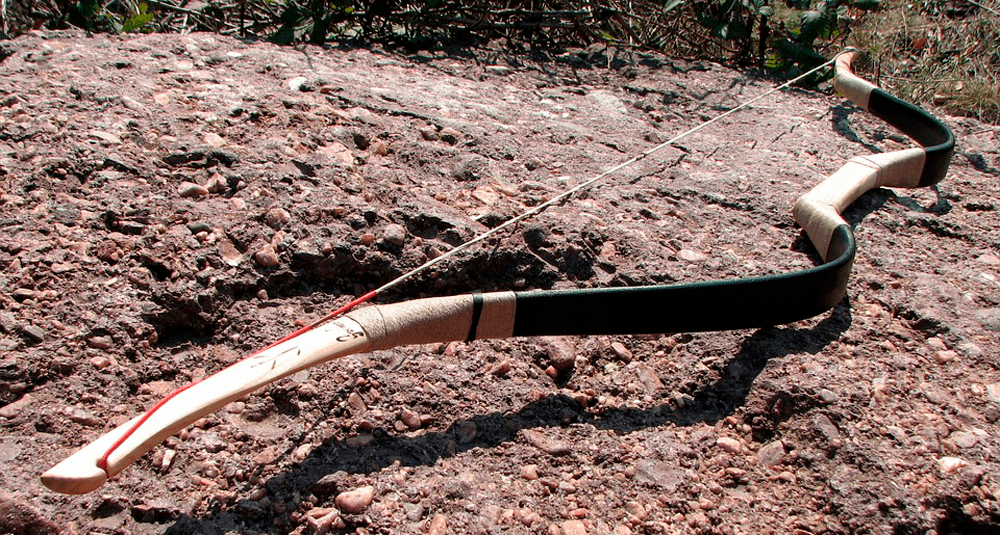When did the Huns of Attila invade Roman Gaul?
Last Updated:
In 451 AD, the Huns led by Attila invaded Roman Gaul. This invasion was one of the defining events of the late Western Roman Empire, and illustrates the constant threat that nomadic tribes posed to Roman territories.
Attila, nicknamed God’s Scourge, was the leader of the Huns, a confederation of nomadic tribes of Asian origin. Under his command, the Huns led numerous military campaigns across Europe, sowing terror and devastation in the conquered territories.
At this time, the Western Roman Empire was plagued by internal unrest and barbarian invasions. Roman Gaul, which roughly corresponds to present-day France, was a key region of the Empire, but vulnerable to outside attacks.
Attila, who had already ravaged the Eastern Roman Empire, turned his attention to the West. He used diplomatic pretexts to justify his invasion of Gaul, but his real motives were plunder and the expansion of his power.
The Huns cross the Rhine and penetrate deep into Gaul. Their rapid advance and ferocity caused panic among the local population. Towns and villages in their path were looted and destroyed.
Faced with this threat, the Romans, under the leadership of general Aetius, formed an alliance with the Visigoths led by their king Theodoric I, as well as with other Germanic tribes.
The battle of the Champs Catalauniques, also known as the battle of Maurica, took place near the present-day town of Châlons-en-Champagne. It was one of the bloodiest battles of antiquity. Allied forces succeeded in halting the advance of the Huns, inflicting heavy losses on Attila’s army.
Although the Huns were repulsed, the battle did not put an end to Hunnic incursions into Europe. Attila led a new campaign in Italy before dying in 453, after which the Hunnic empire rapidly collapsed.
Attila’s invasion considerably weakened Roman Gaul, contributing to the gradual collapse of Roman authority in the region.
Attila became a legendary figure, often portrayed as a symbol of barbarism and destruction. His name has remained associated with terror and devastation, and he is often mentioned in literature and the arts as one of history’s great conquerors.
In 451, Attila’s Huns invaded Roman Gaul, provoking one of the most memorable confrontations in ancient history with the Battle of the Catalaunic Fields. This invasion marked a turning point in the history of the Western Roman Empire and left a lasting imprint on the collective memory of Europe. The event illustrates the challenges faced by the Roman Empire in the face of barbarian invasions, and symbolizes the imminent end of an era.
You may also be interested in
history

When did the Huns of Attila invade Roman Gaul?
Answer
Attila's Huns invaded Roman Gaul in 451 AD, culminating in the Battle of the Catalaunic Fields.